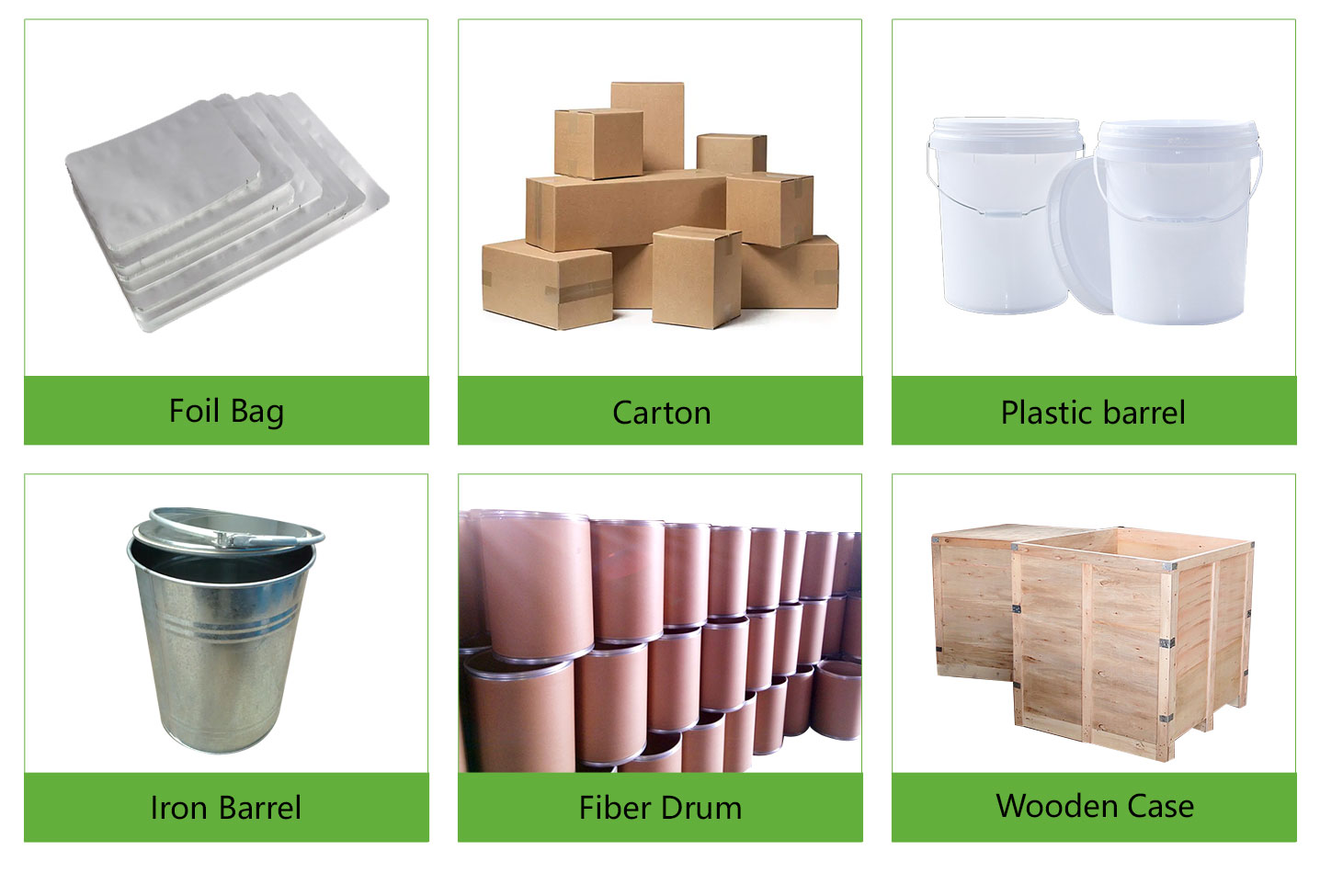About Potassium Stearate:
Potassium Stearate is a white crystalline powder. Easily soluble in hot water, insoluble in ether, chloroform and carbon disulfide. Its aqueous solution has strong alkalinity to litmus or phenolphthalein, and its ethanol solution has weak Alka.
What we usually call soap in our lives is a mixture of fatty acid sodium obtained by saponification of various fats and oils with sodium hydroxide. These fatty acid sodium are actually a comprehensive term for sodium stearate, sodium palmitate, sodium oleate, sodium linoleate and other fatty acid sodium.
If you do not use mixed oils in saponification, but only use a single stearic acid and sodium hydroxide (commonly known as caustic soda, caustic soda), you get sodium stearate soap; if you use stearic acid and potassium hydroxide for saponification, The result is potassium stearate soap.
Compared with sodium soap, potassium soap has higher solubility and transparency, and less irritation. Feel free to send an inquiry to get the latest price if you would like to buy Potassium Stearate in bulk.
Product name: Potassium stearate
CAS NO.593-29-3
Molecular formula: CH3(CH2)16COOK
Properties of Potassium Stearate:
Potassium stearate (CAS 593-29-3) is fine white powder; soluble in hot water and alcohol.
How is Potassium Stearate produced?
Potassium Stearate is the potassium salt of the fatty acid of stearic acid. It is derived from the saponification of vegetable oils. Potassium Stearate is derived from Stearic Acid—a byproduct of vegetable oil through the saponification process. Potassium Stearate is primarily used as a cleansing agent and emulsifier.
Applications of Potassium Stearate:
Potassium stearate can be used as a cleanser for hair, face and body, as well as a co-emulsifier for skincare products, cosmetics and hair styling products. At the same time, it has a good cleaning effect and can make the skin fresh and clean.
Potassium stearate is mainly used in cosmetics and skincare products as surfactants, cleansers, and emulsifiers. It has a risk factor of 1. It is relatively safe and can be used with confidence. Generally, it has no effect on pregnant women. Potassium stearate is not acne-causing.
Potassium stearate is mainly used as a cleaning agent and emulsifier. It can be used in much personal care and cosmetic applications. It can also be used in certain rubber manufacturing and as a basis for textile softeners
Application of Potassium Stearate in the Rubber Industry
In the rubber industry, potassium stearate is mainly used as a rubber vulcanizing agent and vulcanizing accelerator. Its mechanism of action is the introduction of active groups, such as sulfur atoms, into rubber, which can undergo cross-linking reactions with rubber molecules during heating, improving the hardness and wear resistance of the rubber. In addition, potassium stearate can also improve the processing properties of rubber, such as plasticity and flowability. In the production process of rubber products, adding a certain amount of potassium stearate can effectively improve the quality and stability of rubber products.
The Application of Potassium Stearate in Cosmetics
In cosmetics, potassium stearate is mainly used as a moisturizer, softener, and emulsifier. Its mechanism of action is to form a protective film by combining with the oil on the skin surface, locking in skin moisture, maintaining skin moisture balance, and keeping the skin soft and smooth. In addition, potassium stearate can also be used as an emulsifier to prepare various creams and lotions to improve cosmetics' stability and moisturizing effect. Cosmetics using potassium stearate are mild, nonirritating, and easy to absorb, making them suitable for use by people of various skin types.
The Application of Potassium Stearate in the Coatings Industry
Potassium stearate is mainly used as a water-resistant agent and lubricant in the paint industry. Its mechanism of action is to improve the water-resistance and lubricity of the coating, thereby improving the coating performance and service life. In addition, potassium stearate can also improve the glossiness and transparency of coatings, making them more aesthetically pleasing. Adding potassium stearate to coatings can effectively improve their adhesion and uniformity while reducing their irritation and pollution and improving their safety and environmental friendliness.
Technical Data of Potassium Stearate:
|
Testing item |
Testing standard |
|
appearance |
white powder, with fat smell |
|
content(in dry product), % |
≥98.0% |
|
acid value |
196~211 |
|
iodine value |
≤4.0 |
|
loss on drying, % |
≤5.0 |
|
heavy metal(in Pb), % |
≤0.001 |
|
arsenic, % |
≤0.0003 |
Packing & Shipping of Potassium Stearate:
We have many different kinds of packing which depends on the potassium stearate quantity.
Potassium stearate packing: 25kg/bag, or as your request.
Potassium stearate shipping: could be shipped out by sea , by air, by express as soon as possible once payment receipt.
Potassium Stearate Properties |
|
| Other Names | Potassium octadecanoate; Stearic acid, potassium salt; Octadecanoic acid, potassium salt; Potassium n-octadecanoate; Fatty acid, hydrogenated, potassium salt |
| CAS No. | 593-29-3 |
| Compound Formula | CH3(CH2)16COOK |
| Molecular Weight | 322.56 |
| Appearance | White Powder |
| Melting Point | N/A |
| Boiling Point | 359.4 °C (760 mmHg) |
| Density | N/A |
| Solubility in H2O | Soluble (hot) |
| Exact Mass | 322.227412 g/mol |
| Monoisotopic Mass | 322.227412 g/mol |
Potassium Stearate Health & Safety Information |
|
| Signal Word | N/A |
| Hazard Statements | N/A |
| Hazard Codes | N/A |
| Risk Codes | N/A |
| Safety Statements | N/A |
| Transport Information | N/A |